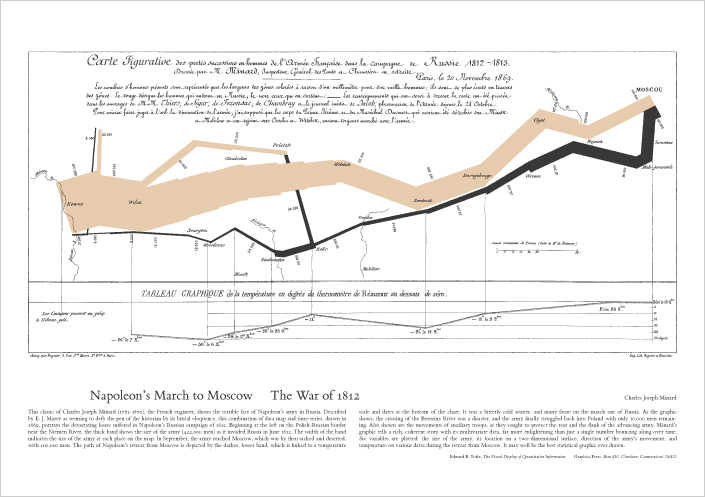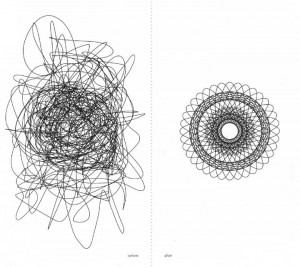There are many websites and blogs devoted to emergency medicine, and to medical informatics. There are a few devoted to emergency informatics. One of the oldest and most well-respected is ncemi.org, founded by Dr. Craig Feied and friends. Craig is longtime member of the Informatics Section of the American College of Emergency Physicians, formerly of the George Washington University Department of Emergency Medicine, the Emergency Department at the Washington Hospital Center, and now at Microsoft.
A well-respected and very easy-to-use set of medical calculators (slanted to the ED) is available at mdcalc.com. Graham Walker set this up when was a third-year medical student and continued to upgrade and expanded it while an emergency medicine resident at St. Luke’s-Roosevelt Hospital Center in New York City. A consortium of emergency medicine residents and attendings affiliated with St. Luke’s-Roosevelt Hospital Center have also developed a companion website, an extremely user-friendly front-end to the evidence-based practice of medicine called thennt.com. (NNT is the “number needed to treat” and is a useful measure of how many people you have to treat to have a good effect on one person.)
The Emergency Informatics Association was founded a few years ago. It’s an association of both academics and vendors deeply involved in the nuts and bolts of emergency department informatics.
KLAS is a consulting company that studies healthcare IT in general. They do review and provide a bit of information on their website for free, but most of the opinion-poll information they gather, which is quite extensive, is available in reports costing $5-10,000. I have heard from a usually reliable source that some of the companies that big HIS vendors they review (examples of big HIS vendors include Epic, Meditech, Cerner) have contracts such that no employee of the hospital is allowed to say anything negative about their product. If true – and given the past conduct of HIS vendors, as reported at the EDIS over the past fifteen years, it seems likely – this makes ratings of such HIS vendors suspect. Recent gains in the rating of HIS vendor’s ED modules compared to the “best of breed” do, however, to some degree reflect a genuine improvement of the HIS ED modules in general.




